The Tibicen bermudiana Verrill (T. bermudianus) if you want the genus and species names to agree, and maybe now Neotibicen bermudianus) is a cicada that was endemic to Bermuda and is now extinct. Its closest relative is the Tibicen lyricen, which is found in the United States (and not extinct).
Here is a photo of a T. bermudiana from the collection found at the Staten Island Museum:
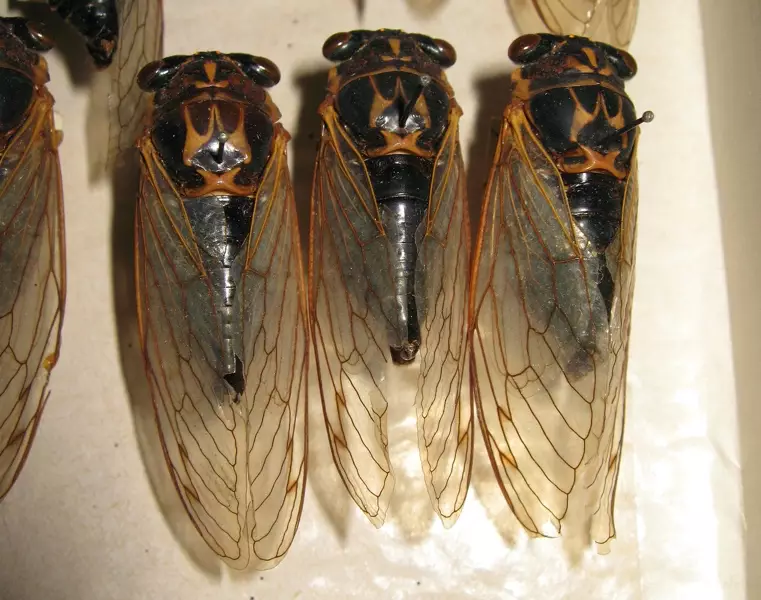
More photos by Roy Troutman, click for larger versions:
From the Bermuda’s Fauna website:
Sadly, when most of the Bermuda cedar trees were killed of by a blight in the 1950s, the cicadas that made the nights so uniquely magical and romantic in sound also largely disappeared.
Updated with a photo of the coin commemorating this cicada:
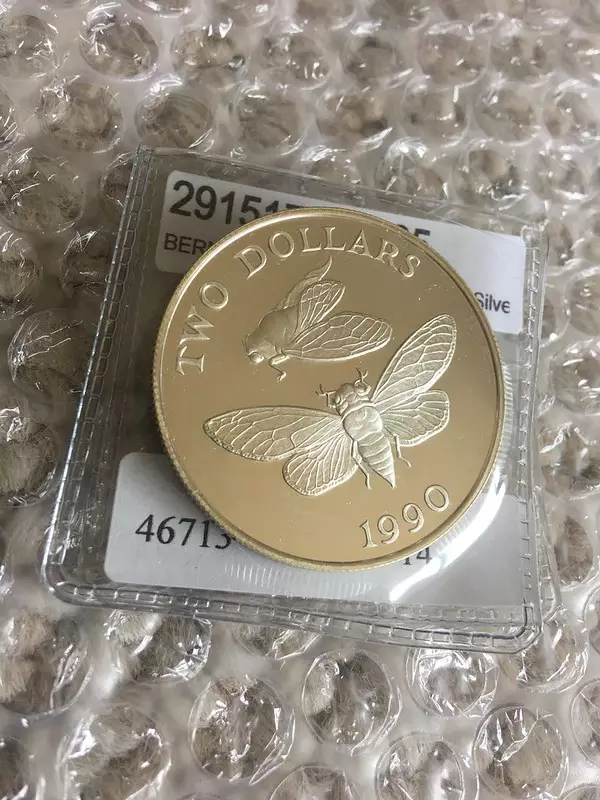
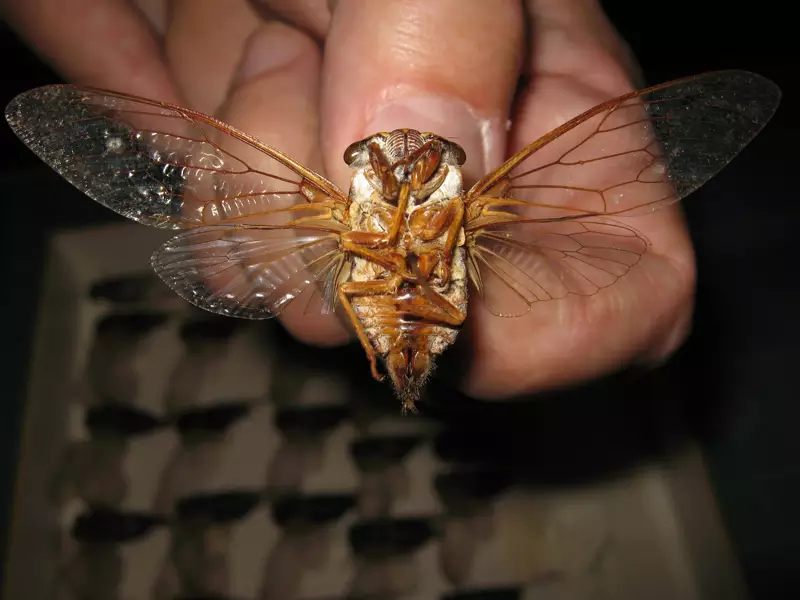
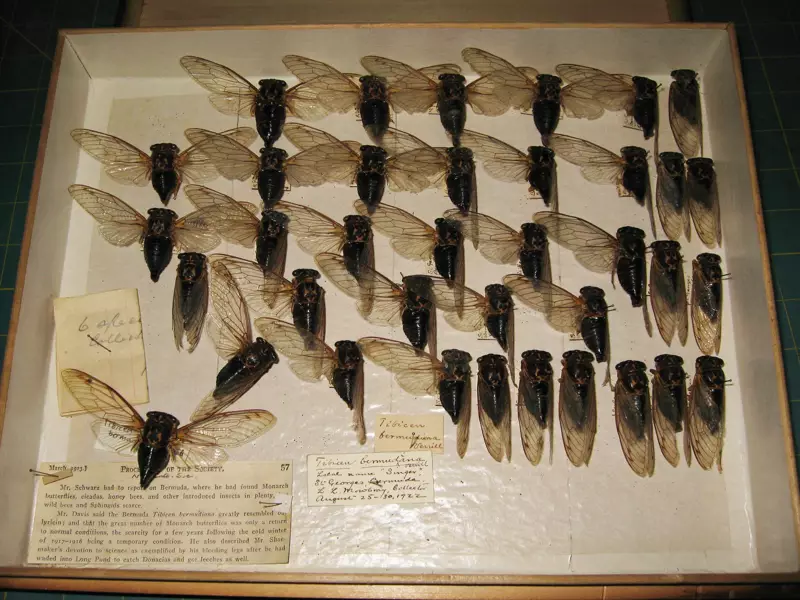
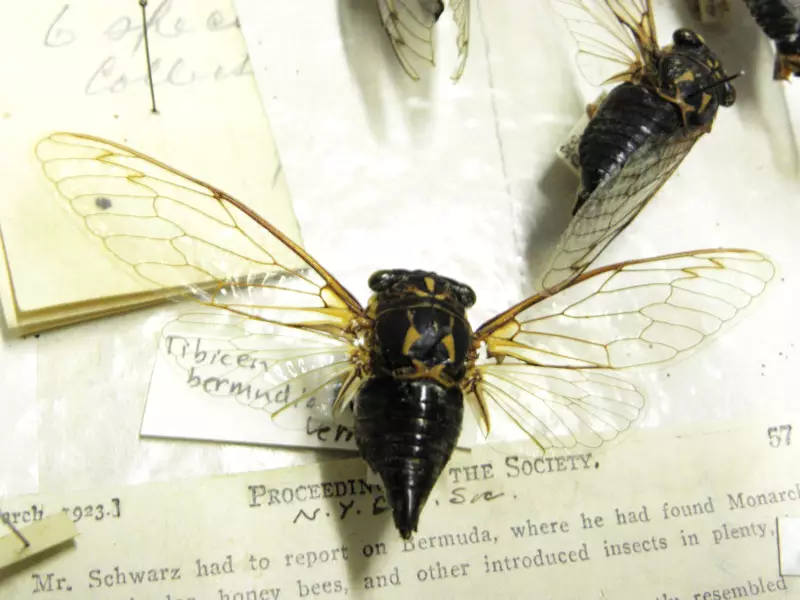
4 replies on “Tibicen bermudiana, an extinct cicada”
I wish these cicadas never went extinct. I wish that I could visit Bermuda and be able to hear and capture one of these cicadas.
It makes sense.
I’ve long wondered if a few might have hung on in some obscure corner there. But Bermuda is not a large place, so there probably isn’t much hope.
Incidentally, the 1999 ICZN code begins by stating that the rules apply for both extant and extinct animals:
Article 1. Definition and scope.
1.1. Definition. Zoological nomenclature is the system of scientific names applied to taxonomic units (taxa; singular: taxon) of extant or extinct animals. (http://iczn.org/iczn/index.jsp)
…and there doesn’t seem to be anything else in the code to suggest that extinct and fossil animals can’t be assigned (transferred to) the latest appropriate genus. Makes sense, really, when you assume that the names are intended to reflect current opinion on evolutionary relationships.
Great photo! Very little photographic evidence of T bermudiana on the internet. Last one was seen in the 1990’s. I think if a species disappears before taxonomic name alterations ensue, it likely remains the same. The destruction of the Bermuda Cedar and introduction of the Kiskadee doomed the “Bermuda Singer” to extinction.